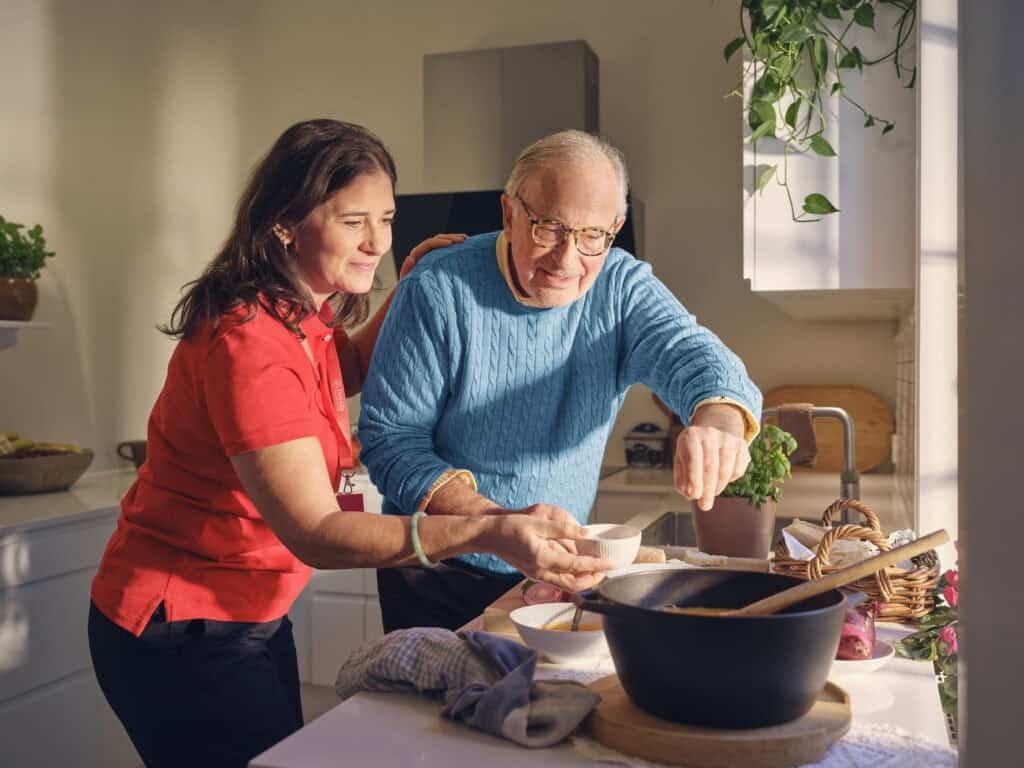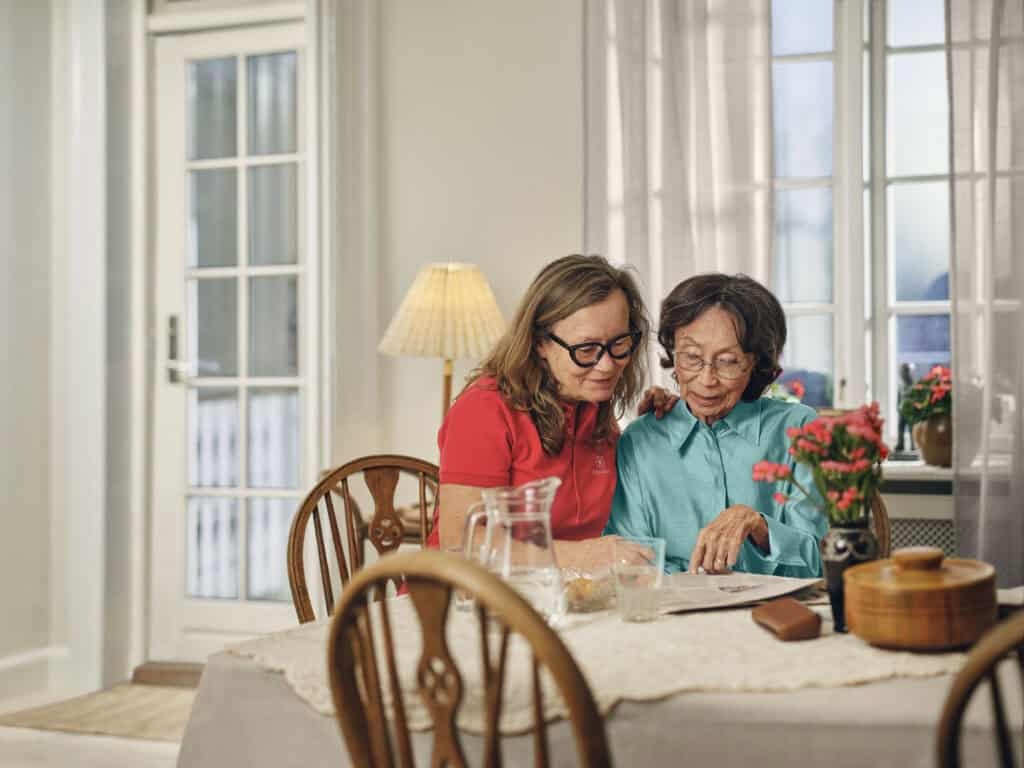Blog
22 September 2025
A Guide to Exercise for Seniors
Did you know that people over 60 spend up to 80% of their waking day sitting down?
As we age, muscle strength and balance naturally start to decline, but here’s the encouraging news: the human body responds to exercise no matter our age, and the health benefits are truly plentiful.
Why Exercise Matters More as We Age
As you get older, maintaining physical activity becomes crucial for preventing the natural decline in muscle strength and balance. Muscle mass begins to reduce in older age, affecting your ability to carry out activities of daily living such as getting out of a chair or moving around independently.
Adults who don’t exercise can lose 3-8% of muscle mass per decade, and this accelerates to 5-10% after age 50. As they say, use it or lose it!
The Life-Changing Benefits of Senior Exercise
Regular exercise offers remarkable benefits that extend far beyond physical fitness:
Physical Health Benefits:
- Keeps your heart, lungs and blood vessels healthy
- Strengthens bones and muscles while supporting a healthy weight
- Lowers the risk of high blood pressure, high cholesterol, type 2 diabetes, heart disease, and some types of cancer
- Improves balance and flexibility, helping prevent dangerous falls
- Eases pain from conditions such as arthritis
- Maintains independence in daily activities like cooking, bathing, dressing, and moving around your home
Mental Health Benefits: Exercise is equally powerful for your mental wellbeing:
- Improves mood and sense of wellbeing
- Prevents and eases symptoms of anxiety and depression
- Enhances brain function including thinking, concentration, problem-solving and memory
- Improves sleep quality
- Helps manage stress effectively
- Builds confidence and gives you more energy
Key Areas to Focus On
Mobility: Your joints need regular movement to remain healthy and mobile. Being mobile is crucial for staying healthy and independent. If you can’t move your joints freely through their full range of motion, you’re at increased risk of injury.
Bone Density: Bone density begins to decline after age 40 and accelerates around age 50, making older people more prone to fractures. Weight-bearing exercise can help keep your bones healthy and strong, reducing the risk of developing osteoporosis.
Balance: Good balance is essential for many daily activities and becomes more challenging to maintain with age. Poor balance can lead to falls and injuries. Improving your muscle strength, mobility and bone density all contribute to better balance.
Making Exercise Social and Enjoyable
One of the best aspects of staying active is the opportunity for social engagement. Try doing an exercise you enjoy with a friend, such as meeting for a walk, joining a group exercise class, or participating in community activities. This social element can make exercise more enjoyable and help you stay motivated.
Special Considerations for Chronic Conditions
Exercise is particularly beneficial for managing chronic conditions. For instance, if you have Parkinson’s disease, regular physical activity can improve mental and physical wellbeing, balance, flexibility, strength and coordination. Many conditions that might seem like barriers to exercise actually benefit significantly from appropriate physical activity.
Getting Started Safely
The most important step is to sit less and move more! Start by reducing the time you spend watching TV and break up your sitting time by taking regular walks. Remember, it’s essential to make sure any exercise you do is suitable for your ability level.
Always consult your doctor before starting an exercise routine, especially if you have existing health conditions or haven’t been active for a while. Your healthcare provider can help you determine what types and levels of exercise are appropriate for your specific situation.
The Bottom Line
You are never too old to start moving and reaping the benefits of exercise. Whether you’re looking to maintain your independence, manage a chronic condition, improve your mood, or simply feel more energetic, regular physical activity is one of the most powerful tools at your disposal. Start small, be consistent, and remember that every bit of movement counts toward a healthier, more vibrant you.
The key is finding activities you enjoy and can sustain over time. Your future self will thank you for taking that first step today.

